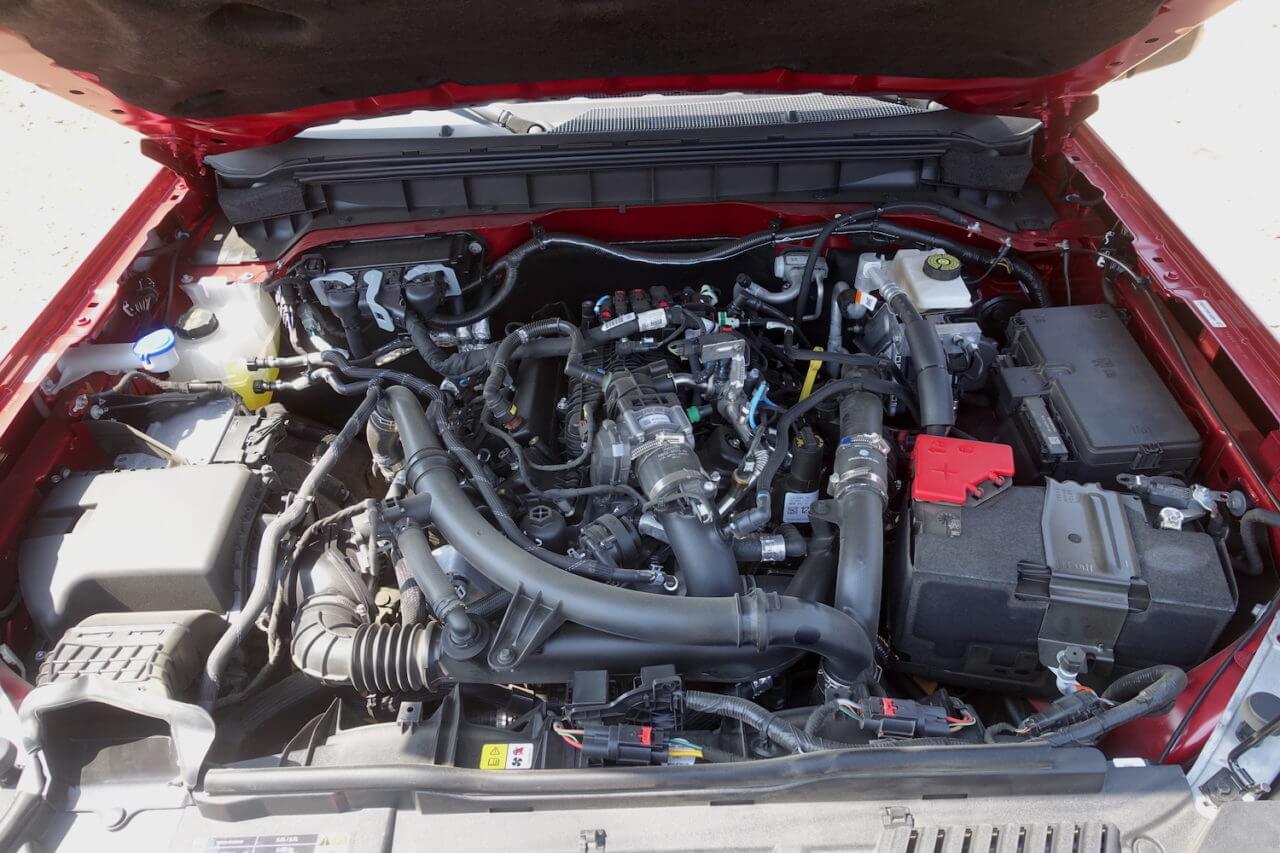
Whether it’s a small component or a major part of the engine, it’s always a pain when part of your vehicle stops working properly. And when that happens, it becomes integral to understand the part of your car that failed. What does it do? What caused it to malfunction? How important is a repair?
That’s very true of drivetrains, which is a term that’s often used interchangeably with powertrains, even though they’re not exactly the same thing. Having a malfunctioning drivetrain isn’t a fun thing, but like most parts of your car, drivetrains can act up, especially as miles accumulate on the odometer. Here’s everything you need to know about a drivetrain, in case you find that your car’s drivetrain is causing you issues.
What is a Drivetrain?
A drivetrain is an overarching term that encompasses a lot of different parts of your car. The simplest way to describe a drivetrain is that it covers all the parts in between the engine and the wheels. The engine generates power, which eventually makes its way to the wheels, which is how the car runs. Everything involved in transferring that power from the running engine to the turning wheels is part of the drivetrain. As you can probably imagine, that means that there are a lot of different components that make up the drivetrain.
Most importantly, the drivetrain includes your vehicle’s transmission. But drivetrains also include axle shafts, differentials, U-joints, CV joints, driveshafts, torque converters, and propeller shafts, among other parts.
Your vehicle is completely reliant on a functioning drivetrain. Just as you need an engine to generate power, and wheels to make the car move, you need a drivetrain to connect those two components so that the car can actually run.
With time and miles, various parts of your drivetrain can fail. The drivetrain takes a huge amount of wear and tear. From Father Time taking its toll on U-joints and CV joints, to poor driving damaging the transmission and the drive axles, there are a few different things that can cause your vehicle’s drivetrain to malfunction.

What Causes Drivetrain Malfunctions?
Drivetrains contain a lot of different components, but when it comes to drivetrain malfunction there are limited numbers of culprits.
One common way that a drivetrain can malfunction is through poor driving. Driving over potholes, especially at a high speed, or going too quickly over speed bumps and other obstacles on the road, such as curbs, tire blocks, and road hazards, can cause irreparable damage to the drive axle. The drive axle is what ultimately makes your wheels spin, and if damaged, the wheels might not spin correctly. This will often be noticeable with poor drivability, such as the car straining, sputtering, or vibrating. If the drive axle isn’t fixed, it will likely eventually cause your drivetrain to malfunction.
Drivetrains can also malfunction due to a shortage of differential fluid. Like your engine and your transmission, differentials rely on fluid as lubrication. This fluid should usually be changed, at the least, every 50,000 miles. Just as with engine oil, differential fluid can pick up contaminants over the years and miles, and eventually break down. If it is allowed to stay in the system, it will begin to cause damage to the differential, which will lead to a malfunctioning drivetrain.
Also, engine oil and transmission fluid that have not been replaced recently enough can result in a drivetrain malfunction. Broken down or insufficient levels of engine or transmission oil can damage those respective components, which can ultimately lead to drivetrain malfunction.
Another issue that can cause a drivetrain malfunction is jarring movements, like if a wheel is spinning quickly without traction and suddenly catches. This is particularly liable to happen when you’re driving on ice, but it can also happen when driving in the rain, over potholes and other gaps, or even when trying to get your car out of the mud. When the wheel finally catches, the vehicle might lurch forward with so much torque that it causes damage to the differential, or even the driveshaft and transmission. That sort of damage is likely to cause the drivetrain to malfunction.
Usually the drivetrain will alert you to issues, and often that alert comes before the drivetrain has malfunctioned. Sometimes that’s as simple as a warning light illuminating on your dashboard. Other times it’s more severe, such as a car that refuses to move when you attempt to accelerate – sometimes a sign that the driveshaft has blown its U-joints. Clicking and knocking noises usually indicate an issue with worn-out CV joints, while loud thuds when changing gears often point to an unhappy driveshaft. If your car is vibrating seriously while you’re driving, there’s a good chance that it’s due to worn-out U-joints, which could eventually lead to drivetrain malfunction.

When You Should Fix the Malfunction
A malfunctioning drivetrain should be addressed with urgency. If your car is experiencing some initial symptoms of drivetrain damage, such as funny noises or excess vibrating, then the vehicle is likely doing okay, and probably needs some minor maintenance. That maintenance should happen fairly quickly though, to prevent the issue from growing worse, and causing more severe damage. Your drivetrain gives you lots of warning signals when things aren’t functioning correctly and, if you pay attention to those signals, you can usually get your vehicle taken care of before a big issue arises.
If you ignore those signals and experience a drivetrain malfunction, you’ll want to get your vehicle repaired immediately. Continuing to drive your car with a malfunctioning drivetrain will not only cause further damage to the vehicle, but could be very dangerous. So when it comes to drivetrains, always play it safe, and get your car taken care of at the first available opportunity.
Need to repair or upgrade the drivetrain on your vehicle? 4 Wheel Parts has the stuff you need to get the job done well. From repair components to power adders and beefier transmissions and diffs, you’ll find everything you need for your rig right here.



2